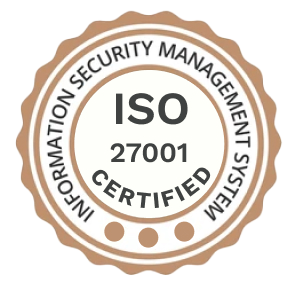
Overview
The Educational Electronic Health Record (EHR) System is an innovative platform designed to enhance the training and skill development of nursing students. This technology enables learners to practice digital charting within a controlled environment, facilitating their mastery of computerised documentation and clinical judgement in patient care situations.
Objectives
The primary goal of this system is to provide healthcare students and professionals with a simulation platform that allows them to practice using EHR systems effectively. This educational tool aims to bridge the gap between theory and practice, empowering learners to develop critical skills necessary for modern healthcare delivery.
Key Features
Challenges
While implementing the Educational EHR System, several challenges emerged:
Development Process
The development of the Educational EHR System involved a systematic and collaborative approach:
Business Benefits
The Educational EHR System offers substantial benefits to healthcare education:
Conclusion
The Educational Electronic Health Record System represents a significant advancement in nursing education by providing students with a practical and realistic platform to develop essential skills required in today’s digital healthcare environments. This system not only enhances the learning experience but also prepares future healthcare professionals for effective practice.
For more information or to discuss how this system can enhance your educational program, please contact us atinfo@techbitsolution.com.





